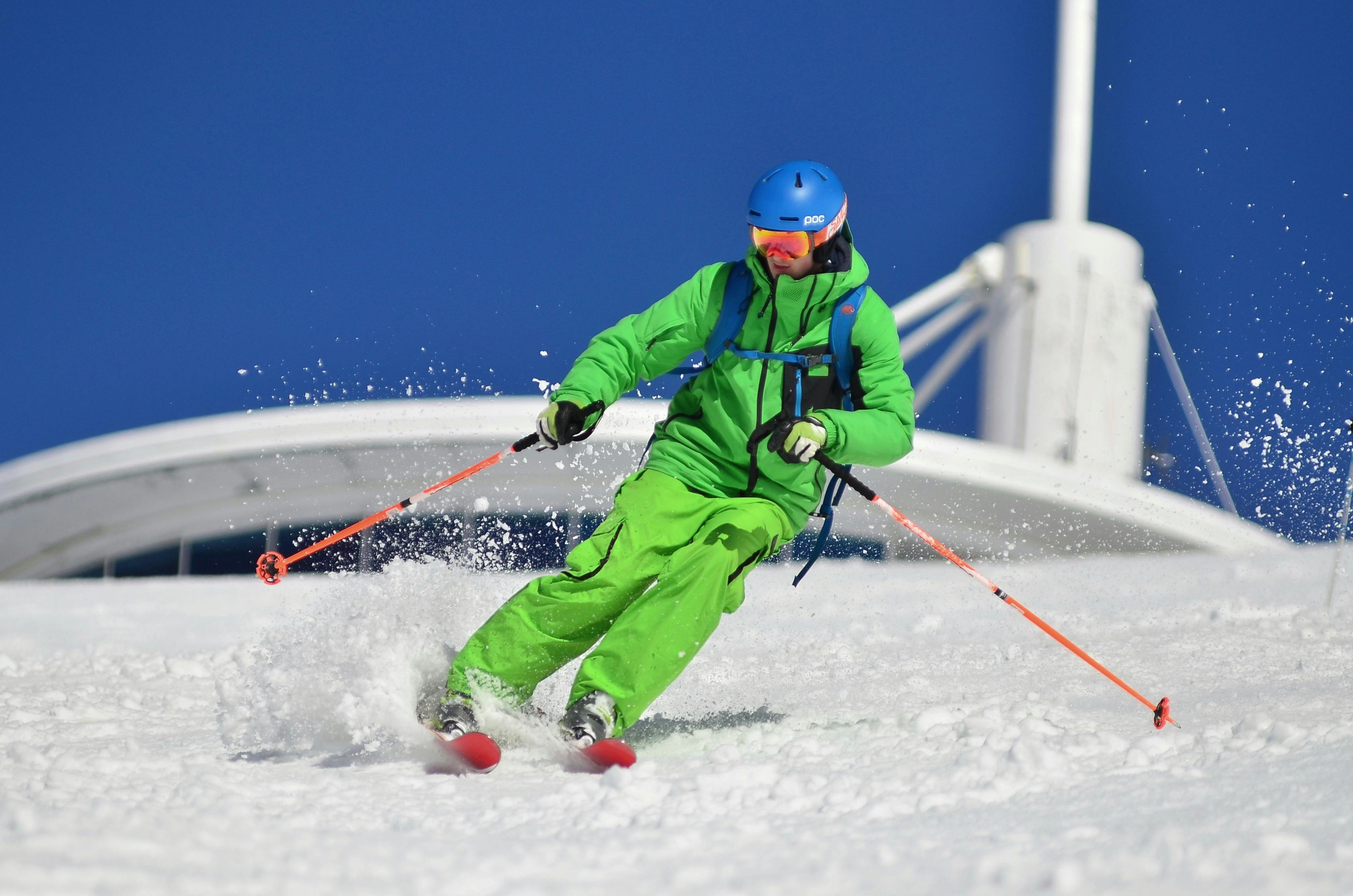
Play Billiards Better: The Bolt Shot, Also Known As The Draw Shot
The first requirement for successful execution of the bolt shot (also known as a shot shot) is to aim for the bottom of the cue ball, not by lifting the rear end of the cue ball into the air, but by lowering the entire cue parallel to the bed. of the table. A good tip here is to flatten the bridge hand. While in the standard position the cleat rests about 2 “above the fabric (where it crosses the rest of the thumb-index finger), by flattening the bridge you should be able to lower it.
Here’s a quick technical visualization to help you target the correct spot on the cue ball. This applies not just to the twist shot, but to whatever shot you play. Imagine the cue ball divided into layers. The bottom of the cue ball is number 1, the center is number 5, and the top is number 10. This is a technique applied by the best players as it helps to engage the brain in a positive thought process. By successfully implementing this in your own game, you will find that you have a clearer understanding of how to execute each shot you play because you can apply a number to the position on the cue ball (e.g., stun shot = 5; stun) = 6- 7; deep screw = 1-2). Note that you must also consider the power at which the shot will be played and the timing of the hit, as these two factors obviously affect the action of the cue ball after contact with the tip of the cue. The same rules apply to side effects or “English”.
Although in my opinion the way you grip the cue is not that important, it still deserves discussion because the grip itself is vitally important during the follow-up phase of the cue action. Your grip on the cue should be guided by your thumb and forefinger. The other three fingers do not need to play any role in the action of the signal. They just ‘do what they please’ during the backswing and follow it. The movement of these fingers must be unconscious. With the tapping back, it is important that your grip is loose enough to allow you to pull the cue back as far as possible; if it’s too tight, you just won’t be able to pull the cleat back enough.
Here’s the important part regarding tracking: To achieve maximum screwing, you’ll need to learn to follow that little bit more than you can already do, and to achieve that, you may need to drop your elbow. Watch billiard player Ronnie O Sullivan – watch his elbow drop when he plays any shot with a lot of power. This is because his grip has continued to the maximum, that is, beyond the point where it usually stops, when he hits his chest. If you have a locked elbow, it will be difficult for you to effectively follow the screw pull. Try pushing your cue through another 2-3 inches after you feel like you’ve reached full tracking and you’ll find there is a bit more to go by dropping your elbow while driving the cue; at this point make sure it doesn’t ‘drop’. What I mean here is that you should keep your thumb and forefinger locked because they guide the signal and any release can cause the signal to go off the line. If you can implement these little ‘maneuvers’ in your game, you will notice that your timing will also improve because it will prevent you from hitting the cue at the end of your follow-up.
Many players have good cue action, but seem afraid of hitting white too low for fear of the dreaded blunder. Well, most of you will know that you can literally rest the tip of the cue on the cloth directly behind the cue ball (look at billiard player Jimmy White, for example) because a good cue action follows a pendulum like a plane and in the moment of the tip -Cueball Impact, the cue is really on the rise.
To sum it up and put things in perspective … the reason for a long backswing is simply because of the point I made earlier regarding the signal action being like a pendulum. Visualize a swinging pendulum and how you would describe it … simply swinging a certain distance in one direction and then the same distance in the other direction. Now think back to the action of the signal … it is simply ineffective to wait for the signal to return 6 “and go to 12” – that’s not like a pendulum! Try to bring the cue back about 8-10 “to the rest of your thumb-index finger (this should tell you where to place your bridge hand in relation to the cue ball). Signal through the cue ball with a smooth 8-10 “motion as well. This is possibly the hardest part of the shot. If you can pull this off or even get close to something, then you should be well on your way to improving your execution of one of the toughest shots in the game to hit well, the deep screw.